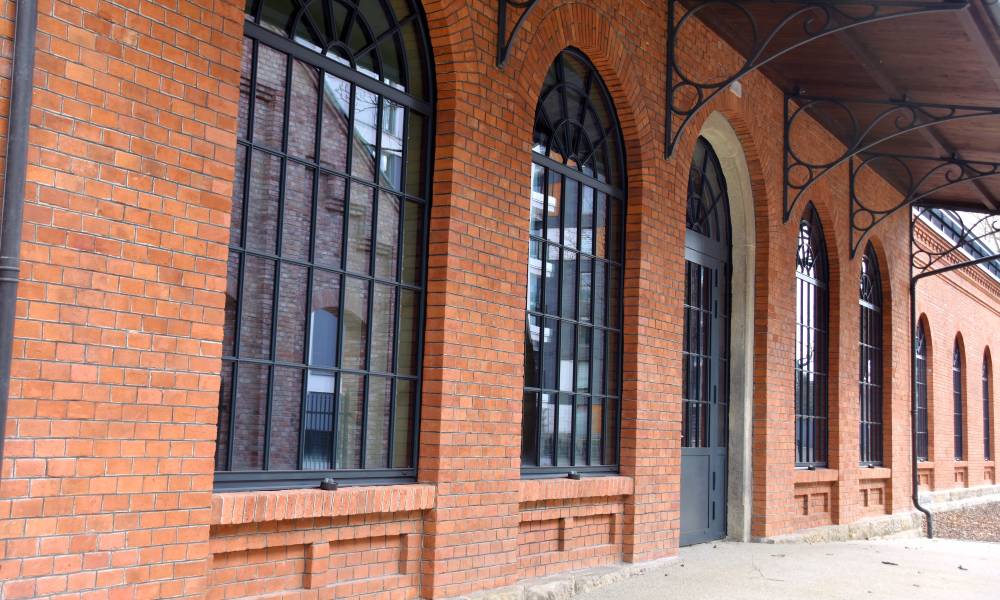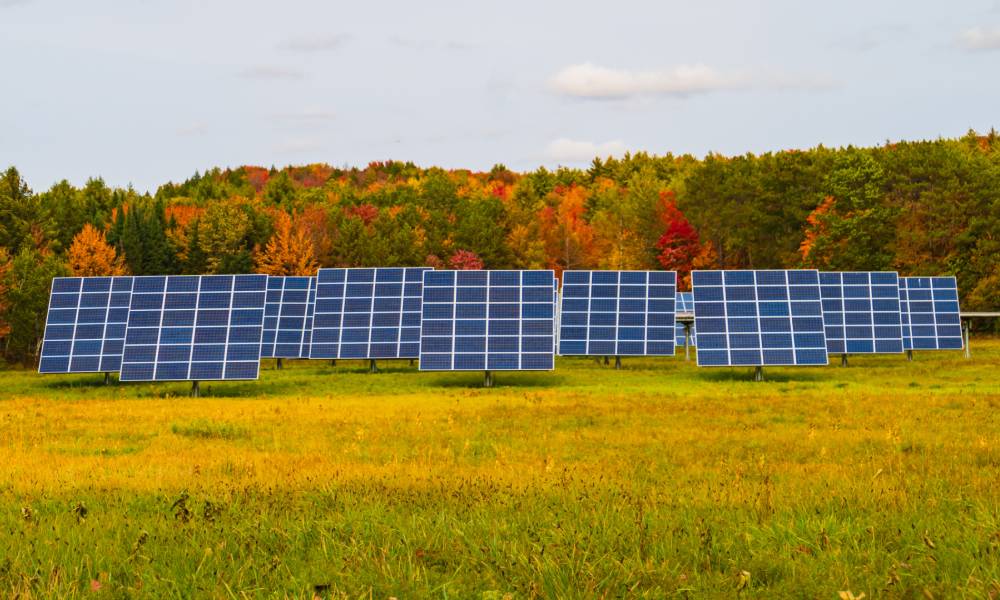Adaptive reuse, the art of transforming old, disused buildings into something modern and fitting, is an architectural trend that stands on the cusp of sustainability and historic preservation. In navigating the field of safety considerations, architects, developers, and investors must be as inventive as they are mindful. This is more than a mere trend; it’s a burgeoning movement that intertwines the past with the future. Here, we dissect the must-know safety considerations for adaptive reuse projects aimed at arming the trailblazers of this industry with knowledge and preparation.
The Impetus Behind a Safety-First Approach
Adaptive reuse projects are part of a broader shift towards sustainability and repurposing. The reimagining of these buildings offers a unique charm and a cost-effective alternative to new construction. However, beneath this facade are serious safety challenges that command attention.
Structures from another era once served different purposes and standards and now require a thorough evaluation to adapt safely to the modern world. Furthermore, environmental hazards such as asbestos and lead paint can lurk within old walls, necessitating a comprehensive strategy to ensure safe inhabitation.
The Anatomy of Safe Adaptive Reuse
The safety considerations for adaptive reuse are as manifold as the variety of projects themselves. Addressing structural integrity is a foundational aspect and necessitates careful examination and potential reinforcement.
Environmental assessments are also crucial; acknowledging and abating hazards are paramount for the well-being of those who will later occupy the space. Additionally, meeting stringent building codes without eroding the historical integrity of the structure is a delicate balancing act.
Bolstering Projects: Case Studies and Compliance
Looking at successful examples of adaptive reuse projects, safety was not an afterthought but an integral part of the design process. Consider buildings like The High Line in New York City, which underwent a transformation from industrial infrastructure to public green space, all while ensuring the utmost safety. Compliance with fire safety regulations tailored for historic buildings was a linchpin feature in the approval and execution of such intricate projects.
The Safety Assessment Journey
The path of assessing safety in an adaptive reuse project is comprehensive. It begins with an initial inspection to identify potential concerns, progresses through rigorous testing and abatement, and culminates in regular safety audits throughout the lifecycle of the building. This is more than a checklist; it’s a dynamic process that responds to the changing nature of the building and its environment.
Technology as the Vanguard of Safety
Innovation in technology transforms the way contractors approach safety in adaptive reuse. Digital building scanning, structural modeling, and advanced hazard detection tools are standard in ensuring a safe transformation. By harnessing these tools and processes, we enhance the viability of these projects while minimizing risks to all stakeholders.
Safety in Retrofitting: Professional Perspectives
Architects, developers, and investors must foster a culture of safety consciousness throughout their teams and the communities they serve. Regular training, knowledge sharing, and a unified approach to safety are ethical and smart business practices in this arena.
The fusion of historical preservation with modern functionality in adaptive reuse projects is not an easy feat. It’s one that requires strategic planning and unyielding adherence to safety protocols. After all, in preserving history, we’re also shaping the legacy of the future.









